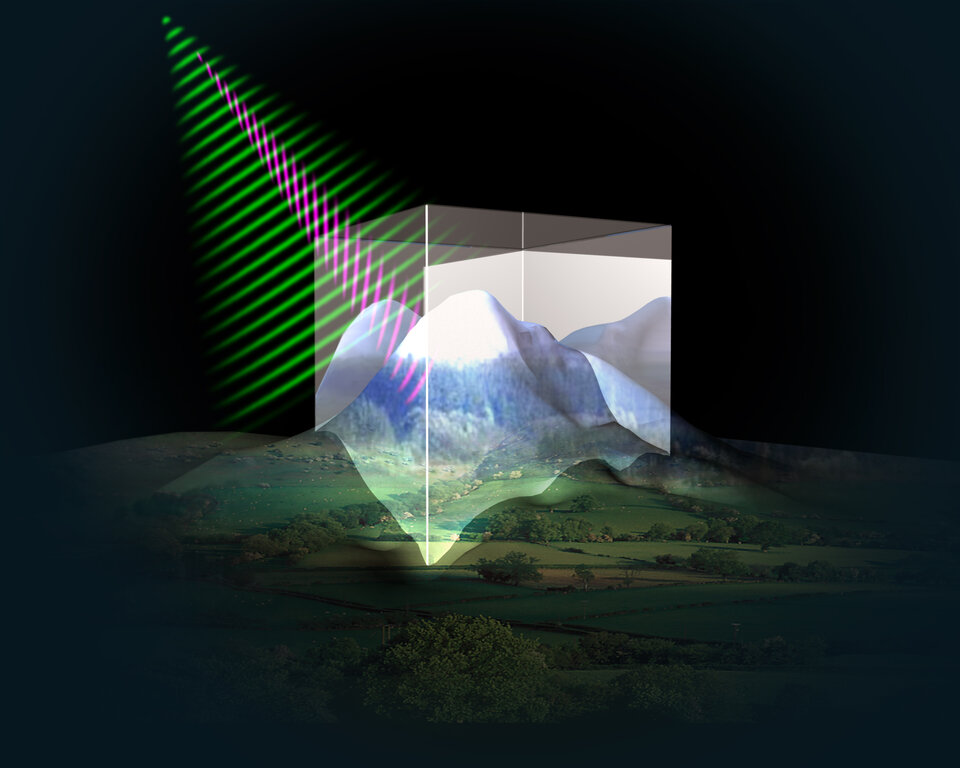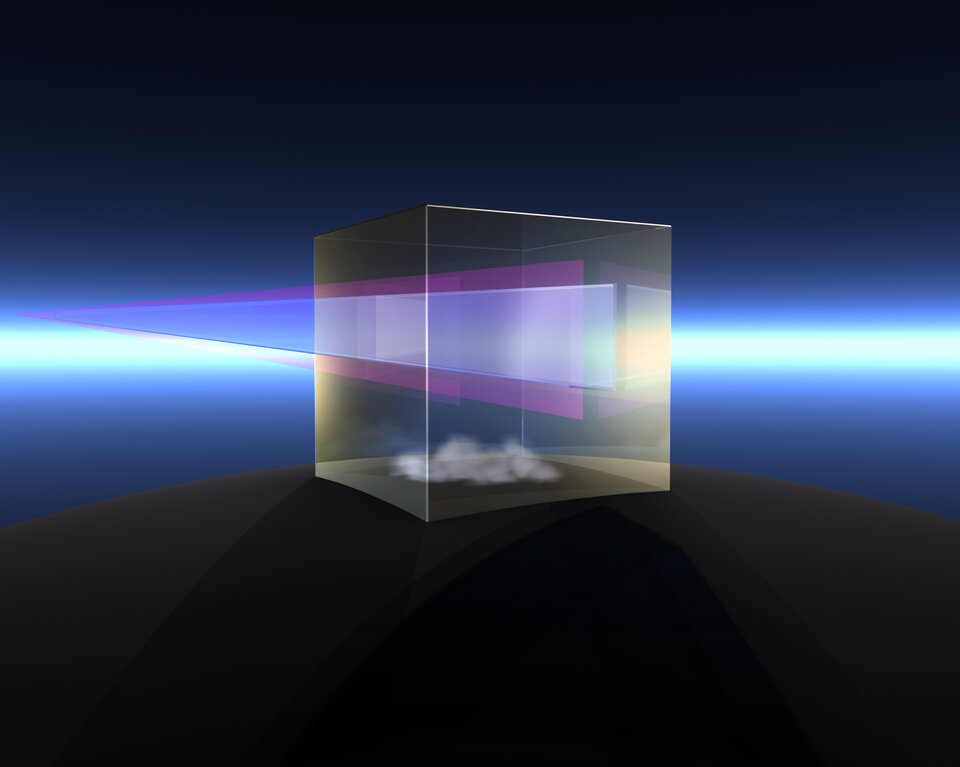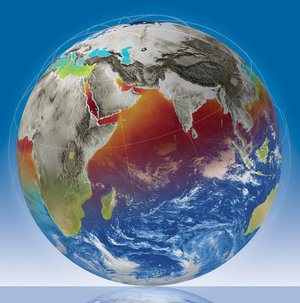About candidate Earth Explorers
Biomass aims to take measurements of forest biomass to assess terrestrial carbon stocks and fluxes. The mission employs a novel P-band synthetic aperture polarimetric radar operating at 435 MHz and a 6 MHz bandwidth.
In addition to valuable data on forest biomass, the choice of radar sensor means that the mission could also provide new information on ice-sheet thickness and internal structures in cold regions, subsurface geology in arid regions, as well as data on soil moisture, permafrost and sea-surface salinity.

CoReH2O aims to fill the gaps in current information on snow, glaciers and surface water. The objective is to improve the modelling and prediction of water balance and streamflow for snow-covered and glacierised basins, the modelling of water and energy cycles at high latitudes, and for forecasting water supply from snow cover and glaciers, including the relation to climate change and variability.
The mission concept employs twin frequency synthetic aperture radars (9.6 GHz and 17.2 GHz) in two consecutive mission phases to deliver all-weather, year-round information on regional and continental-scale snow-water equivalent.

PREMIER aims to advance our understanding of the processes that link trace gases, radiation and chemistry in the upper troposphere and lower stratosphere. The radiative effects of water and clouds are at a maximum in this region. It is also a region characterised by small-scale processes that have not been studied by previous missions.
The mission is based on an infrared limb-imaging spectrometer and a millimetre-wave limb-sounder. By linking with MetOp and the National Polar-orbiting Operational Environmental Satellite System data, PREMIER also aims to provide insights into processes occurring in the lower troposphere








